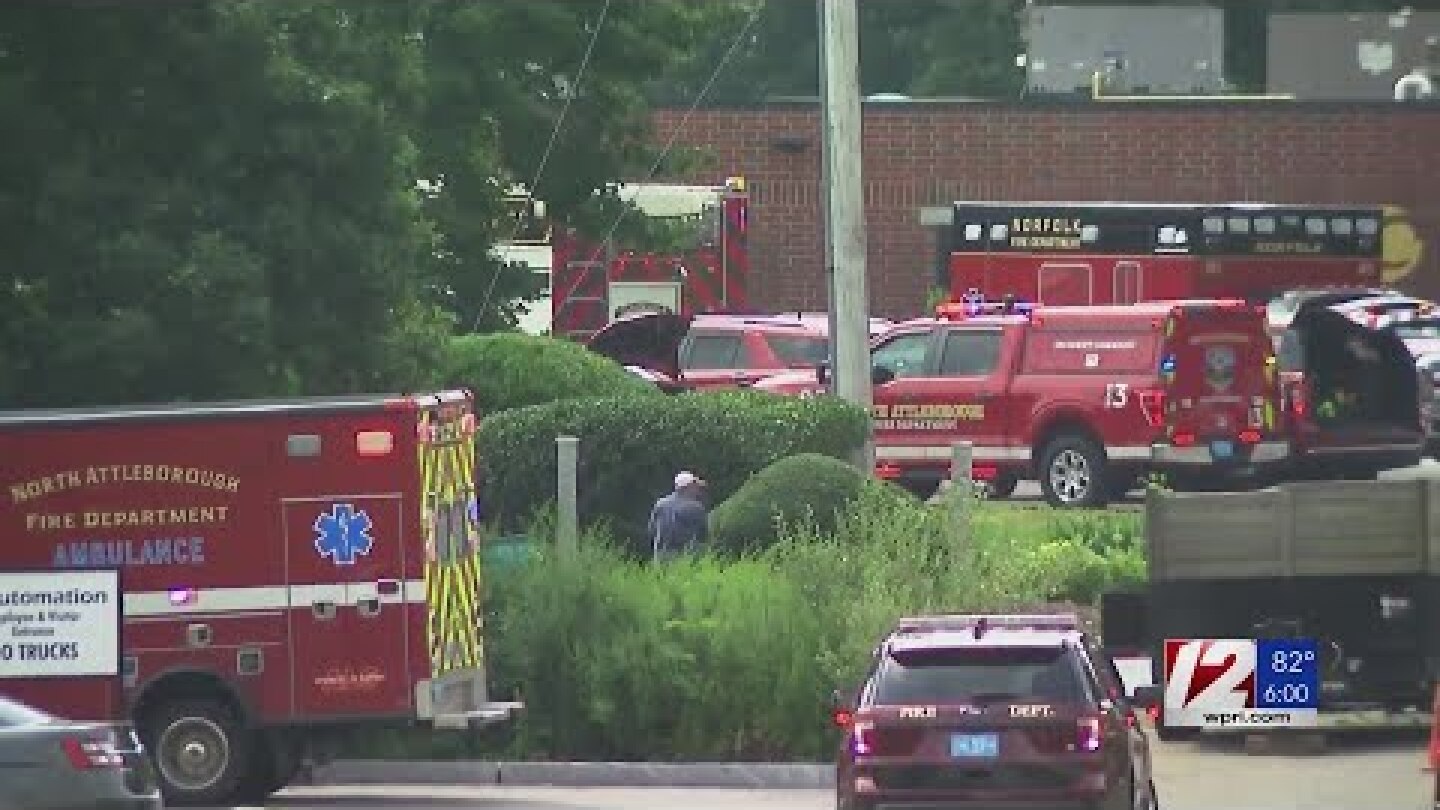Hazards and Hazmat
The hazards and hazmat topic section covers operations involving hazardous materials, including chemical, biological, radiological, nuclear and explosive (CBRNE) incidents.
Authorities are investigating a propane leak as the cause of a fatal house explosion in Jefferson Township
North Attleborough firefighters shut off the ammonia from outside the building
I-15 near Baker was shut down in what one driver called “traffic apocalypse from hell”
Firefighter Lonnie Wimmer said he noticed restaurant patrons showing symptoms of nausea, headaches and chest pain
A mayday was called when the firefighters became disoriented, fell to the ground and had to be rescued from the building
The fire department said the blaze resulted from a pipeline explosion, though the cause was unclear
Four people went to the hospital after experiencing dizziness and other symptoms.
Authorities said the cause of the explosion hasn’t been determined yet
Firefighters cleared a number of buildings and didn’t find any gas leaks
The evaporation apparently occurred from an open pit where the water is pumped for firefighting exercises
The cause of the leak still has not been determined; two wildfires caused by the explosion burned 31 acres of land
Perfluorinated compounds have been linked to prostate, kidney and testicular cancer
An investigation found that the Air Force ran a series of tests dating back to the 1970s that found the firefighting foam harmed laboratory animals
Lt. Peter St. John blacked out after the explosion and awoke in pain as chaos unfolded around him
Seventeen-year fire department veteran Michael Fahy died in late September after being hit by debris from the explosion
One fire lieutenant and other firefighters decided to don protective equipment before the blast because something “just didn’t feel right”
Firefighters used water on the lime to turn it into steam and the scene was cleared several hours later
Two police officers and three civilians were also hurt; one firefighter is in surgery for a broken leg
With recent attention focused on firefighting foam contaminating groundwater, here’s a closer look at the foam, the risks and the preventions
Residents in 11 homes were kept away for several hours because of the leak
An investigation in 2012 uncovered more than 270 accidents dating to 1968 that could have been averted or made less dangerous if the valves had been in place
The firefighters are being evaluated at hospitals for possible ear damage and other minor injuries
More common than you may think, natural gas-powered vehicles are a serious fire and explosion threat that fire chiefs must plan for
Michael Fahy, a 17-year veteran, was struck by debris from the collapse; he was a father of three
The injured included four police officers, one firefighter and a civilian
Simple tools and processes can reduce exposure risk without compromising the fire mission
Over 5,400 cases of cancer have been linked to the chemicals and dust at Ground Zero
The project demonstrates a potentially safe and cost-effective disposal method for more than 619,000 gallons of the foam
Officials said the remediation alone could cost about $16,000
Hazmat crews cleared the building of chlorine gas after the fire was put out
The current foam contains PFOS and PFOA, which are chemicals that have been linked to cancer and other illnesses
The sleeping quarters were renovated after the night crew reported getting bitten


















